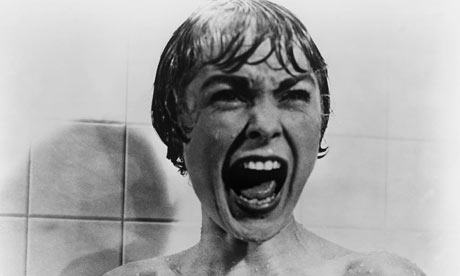 Fear backstage is common for at least 50% of performers, regardless of performance experience. More commonly known as “stage fright”, performance anxiety can be a constant problem or something that emerges over time.
Fear backstage is common for at least 50% of performers, regardless of performance experience. More commonly known as “stage fright”, performance anxiety can be a constant problem or something that emerges over time.
Stage fright can occur for many reasons, as well as bring unexplainable, such as because of an injury or recovery from one, a bad experience or pressure of an important performance. Anxiety can drastically affect your performance and love of dance, if not overcome and dealt with accordingly. Symptoms of stage fright include racing pulses and fast breathing, a dry mouth, tight throat, trembling, and sweaty or cold hands. Mental symptoms can affect your career if not dealt with, with fear and self-doubt taking over.
A reason behind stage fright has been suggested as a result of the brain’s fight or flight response. Most performers are able to control stage fright by controlling the lead up to a performance and controlling a certain amount of anxiety needed to perform. This can be done such as by a pre-performance routine or a specific warm up. However, too much anxiety and adrenaline will mean you turn and run, sometimes literally.
It is important to take care of your body, and in turn control and calm performance anxiety. Avoid caffeine and alcohol, especially before a performance and eat potassium-rich foods to help lower your blood pressure naturally. A familiar routine backstage, and peace and quiet, can also aid anxious feelings. Breathe deeply and try to relax.

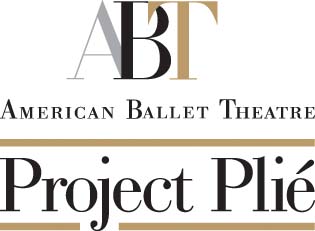 As American Ballet Theatre celebrates its 75th anniversary, it will also celebrate the first birthday of Project Plié, its national initiative focusing on increasing racial and ethnic representation in ballet. Even in the US ballet is still incredibly streamlined, with nearly every major ballet company being made up mostly of Caucasian dancers.
As American Ballet Theatre celebrates its 75th anniversary, it will also celebrate the first birthday of Project Plié, its national initiative focusing on increasing racial and ethnic representation in ballet. Even in the US ballet is still incredibly streamlined, with nearly every major ballet company being made up mostly of Caucasian dancers.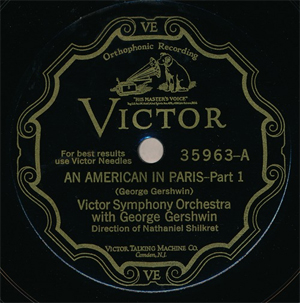 Jean-Luc Choplin, the director of the Théâtre du Châtelet in Paris, has brought many American musicals to his Paris stage in recent years, with a focus on the work of Stephen Sondheim, in English with French subtitles. Recently it was announced that he is co-producing a new musical version of the Oscar-winning 1951 MGM movie An American in Paris, with music and lyrics by George and Ira Gershwin.
Jean-Luc Choplin, the director of the Théâtre du Châtelet in Paris, has brought many American musicals to his Paris stage in recent years, with a focus on the work of Stephen Sondheim, in English with French subtitles. Recently it was announced that he is co-producing a new musical version of the Oscar-winning 1951 MGM movie An American in Paris, with music and lyrics by George and Ira Gershwin.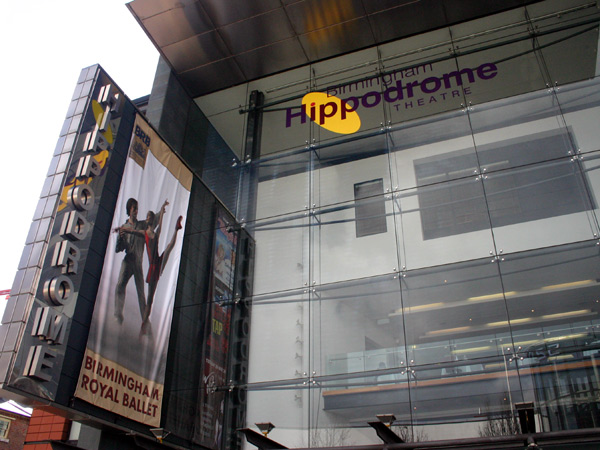 Birmingham Royal Ballet has recently celebrated the success of its Dance Track programme, which seeks out and nurtures dance talent from primary schools across the City of Birmingham. It enables primary school pupils to access ballet, opening Birmingham Royal Ballet’s doors to those who would not ordinarily be introduced to the art-form.
Birmingham Royal Ballet has recently celebrated the success of its Dance Track programme, which seeks out and nurtures dance talent from primary schools across the City of Birmingham. It enables primary school pupils to access ballet, opening Birmingham Royal Ballet’s doors to those who would not ordinarily be introduced to the art-form. After years of dance study you’re enrolled on a dance programme! Your goal may to become a professional dancer, to teach or study dance further, so make sure you work hard and dedicate yourself to your studies.
After years of dance study you’re enrolled on a dance programme! Your goal may to become a professional dancer, to teach or study dance further, so make sure you work hard and dedicate yourself to your studies.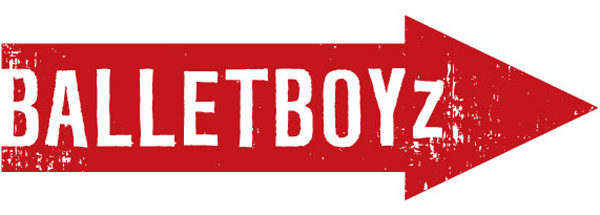 The BalletBoyz are set to make their debut appearance at the Royal Opera House from 16-27 September, dancing in the Linbury studio theatre. The company will present theTalent 2014 in a brand new triple bill at the Linbury as part of Deloitte Ignite 2014, the contemporary arts festival curated by the Royal Ballet and Minna Moore Ede of the National Gallery.
The BalletBoyz are set to make their debut appearance at the Royal Opera House from 16-27 September, dancing in the Linbury studio theatre. The company will present theTalent 2014 in a brand new triple bill at the Linbury as part of Deloitte Ignite 2014, the contemporary arts festival curated by the Royal Ballet and Minna Moore Ede of the National Gallery. Many professional dancers rely heavily on false eyelashes, however this may not be a luxury for every dancer. It is possible grow, maintain and curl your lashes quickly and easily for that dramatic wide-eyed look often only achieved by false lashes.
Many professional dancers rely heavily on false eyelashes, however this may not be a luxury for every dancer. It is possible grow, maintain and curl your lashes quickly and easily for that dramatic wide-eyed look often only achieved by false lashes.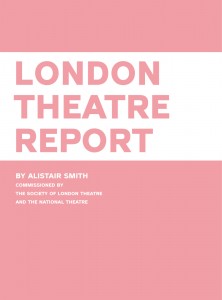 The recently finalised London Theatre Report, which has been described as the “most comprehensive” study that has ever been published on the size, number and location of theatres in the capital, includes a number of interesting findings. Unlike previous reports, it includes data from non-West End theatres and the fringe too.
The recently finalised London Theatre Report, which has been described as the “most comprehensive” study that has ever been published on the size, number and location of theatres in the capital, includes a number of interesting findings. Unlike previous reports, it includes data from non-West End theatres and the fringe too. This autumn acclaimed choreographer Richard Alston is reviving his classic piece Overdrive, exhilarating non-stop dance to the pulsating rhythms of Californian minimalist Terry Riley. The ten dancers of Richard Alston Dance Company will perform to Riley’s relentless musical patterning, in intricate movements and sounds.
This autumn acclaimed choreographer Richard Alston is reviving his classic piece Overdrive, exhilarating non-stop dance to the pulsating rhythms of Californian minimalist Terry Riley. The ten dancers of Richard Alston Dance Company will perform to Riley’s relentless musical patterning, in intricate movements and sounds. Xander Parish is the first and only British ballet dancer to have joined the Mariinsky Ballet: he was scouted and consequently taken to Russia in 2009 by Artistic Director Yuri Fateyev, due to his desire to work hard and push beyond his limits. As a former Royal Ballet dancer Xander has now had the opportunity to dance principal roles as a soloist, recently making his principal debut in Romeo and Juliet and Swan Lake in London recently in the company’s tour to the UK.
Xander Parish is the first and only British ballet dancer to have joined the Mariinsky Ballet: he was scouted and consequently taken to Russia in 2009 by Artistic Director Yuri Fateyev, due to his desire to work hard and push beyond his limits. As a former Royal Ballet dancer Xander has now had the opportunity to dance principal roles as a soloist, recently making his principal debut in Romeo and Juliet and Swan Lake in London recently in the company’s tour to the UK.